When it comes to buying a car, most people focus on factors like style, price, fuel economy, and even brand prestige. However, one of the most critical aspects often overlooked by everyday buyers is the vehicle’s mechanical reliability and ease of maintenance — something that professional mechanics understand better than anyone else.
Mechanics spend their days diagnosing, repairing, and maintaining vehicles of all makes and models, giving them a unique, hands-on perspective on which cars stand the test of time and which ones are a constant source of headaches. Their insights are invaluable for anyone looking to make a smart, cost-effective decision that will save money and stress in the long run.
Choosing the right car isn’t just about how it looks or how fast it accelerates. It’s about how the vehicle performs under real-world conditions, how often it breaks down, and how expensive and difficult it is to repair. Cars that are known for their reliability tend to have simpler designs, better build quality, and a well-supported network for parts and repairs.
On the other hand, some vehicles, despite their initial appeal, come with design flaws, poor engineering, or subpar materials that turn routine maintenance into an expensive and time-consuming ordeal.
For the average car owner without mechanical expertise, these issues can quickly become overwhelming, leading to frequent trips to the repair shop, unexpected costs, and ultimately, a frustrating ownership experience.
In this article, we will explore two sides of the automotive coin: five cars that mechanics love and highly recommend for their reliability and ease of service, and five cars that mechanics often warn against due to their frequent problems and costly repairs.
The cars mechanics love typically have a track record of longevity, straightforward engineering, and wide parts availability. These vehicles make the life of a mechanic easier and, by extension, the ownership experience less stressful and more affordable. Whether you’re buying your first car or looking to replace an old one, these trusted vehicles offer peace of mind and value.
Conversely, the cars mechanics warn you to avoid tend to be plagued with persistent mechanical and electrical issues. These vehicles might feature complex technology that breaks easily, have hard-to-access engine components, or suffer from poor build quality.
For mechanics, these cars represent a significant challenge: lengthy repair times, difficult diagnostics, and expensive replacement parts. For owners, this translates into unpredictable breakdowns and a high cost of ownership. Understanding which cars fall into this category can save you from costly mistakes and frustrating ownership experiences.
It’s also worth noting that car reliability isn’t static — it varies by model year, trim, and even the specific engine or transmission options. What makes a car beloved by mechanics one year may be overshadowed by costly recalls or redesigns in another.
That’s why mechanics’ ongoing feedback and hands-on experience with these vehicles provide a more dynamic, practical perspective than pure consumer reviews or marketing hype.
By sharing insights from the front lines — the garages, workshops, and service bays where the real stories of these cars unfold — this article aims to equip you with the knowledge to make better decisions.
Whether you want a dependable daily driver that won’t break the bank to maintain or want to avoid a lemon disguised in shiny packaging, these lists highlight vehicles with proven track records and those that come with serious warnings.
In the sections ahead, we’ll delve into the specific reasons why mechanics love certain models, discussing what makes them stand out mechanically and why they remain favorites for both owners and professionals.
Then, we’ll examine the car’s mechanics, cautioning you against, revealing the common pitfalls and recurring problems that can turn your dream ride into a nightmare. With this information in hand, you’ll be better prepared to navigate the complex world of car ownership and choose a vehicle that aligns with your needs, budget, and peace of mind.
Also Read: Top 10 EV Features That Come in Useful in Daily Commute
5 Cars Mechanics Love
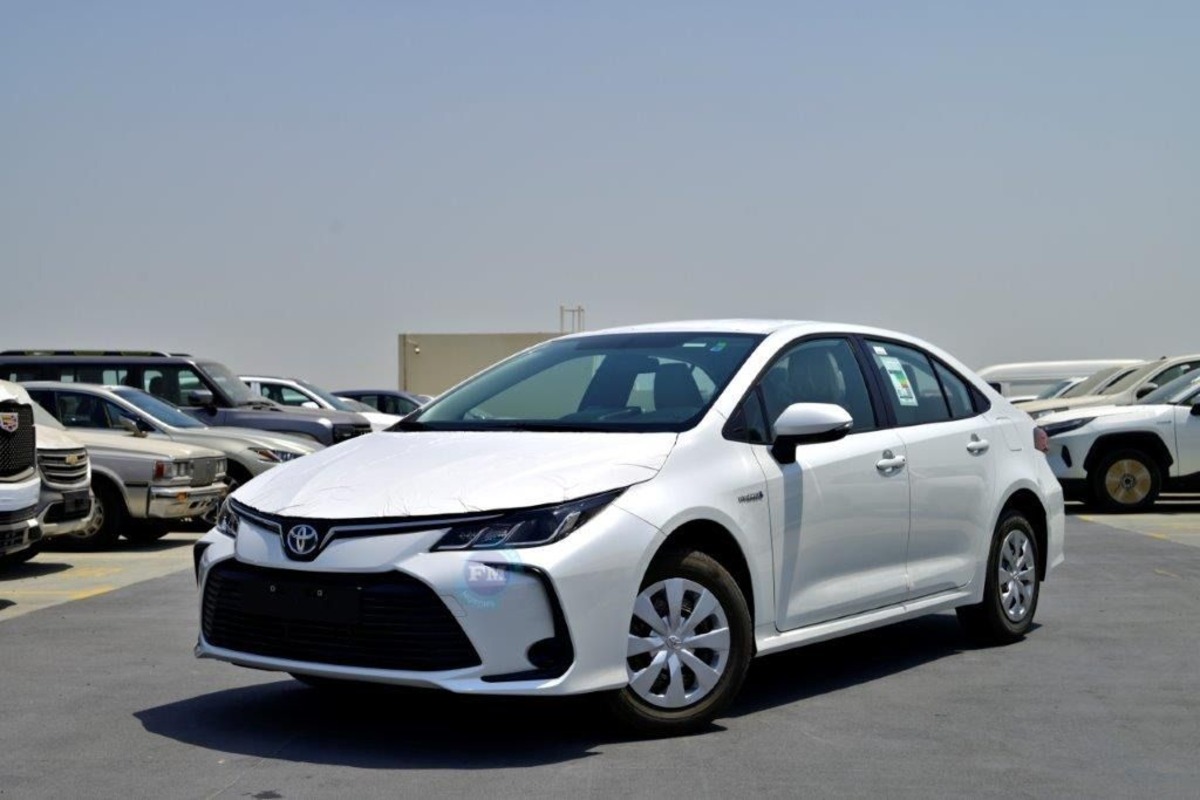
1. Toyota Corolla
The Toyota Corolla has built its reputation as one of the most reliable and easiest-to-maintain cars in the world, which is why mechanics have consistently praised it for decades.
This compact sedan’s engineering philosophy focuses on durability and simplicity rather than flashy or overly complicated technology, which directly benefits both drivers and mechanics.
The Corolla’s engines, typically inline-four cylinders with solid timing chains instead of belts in many models, reduce the need for frequent replacements and extensive maintenance. Additionally, Toyota’s careful selection of components results in a powertrain that handles years of regular driving without significant failures.
Mechanics often highlight how straightforward it is to access key parts such as spark plugs, fuel injectors, and filters, which speeds up routine service and reduces labor costs for owners. The body and chassis are also designed to be resilient against rust and wear, which extends the car’s lifespan even further.
In terms of parts availability, the Corolla shines. Toyota’s global presence means spare parts are not only plentiful but also reasonably priced.
This widespread availability makes repairs more accessible for both independent mechanics and dealership service centers. Because mechanics regularly see these vehicles, there is a well-developed knowledge base and a robust community of technicians sharing tips and proven fixes.
This translates to faster diagnostics and better repair outcomes. It’s common to see Corollas on the road with 300,000 miles or more, a testament to Toyota’s commitment to quality. For mechanics, working on a car that rarely surprises with costly or unusual problems makes the Corolla a dream project compared to more problematic models.
The Corolla’s reputation extends to its fuel efficiency and cost-effectiveness, making it a favorite not only among mechanics but also among everyday drivers looking for a reliable commuter car.
Its engines are designed for balance—providing enough power for everyday use while emphasizing low fuel consumption and minimal emissions. Mechanics appreciate that this balance is achieved without sacrificing reliability, as some fuel-efficient models from other manufacturers tend to have turbocharged engines that increase complexity and potential failure points.
Toyota’s conservative engineering choices have led to a car that is easy to keep running without requiring specialized tools or knowledge. This straightforwardness keeps repair times short and maintenance costs down, providing a better ownership experience overall.
Lastly, Toyota’s consistent updates and improvements to the Corolla ensure that the model adapts to modern safety and emissions standards without compromising mechanical reliability.
Newer models integrate technology carefully, avoiding the pitfalls of overly complex electronics that plague many modern vehicles. This approach resonates with mechanics because it reduces the frequency of electrical gremlins and costly sensor replacements.
Overall, the Toyota Corolla is a shining example of how a well-engineered, thoughtfully designed car can offer lasting value, minimal headaches, and a smooth experience for both drivers and mechanics alike.
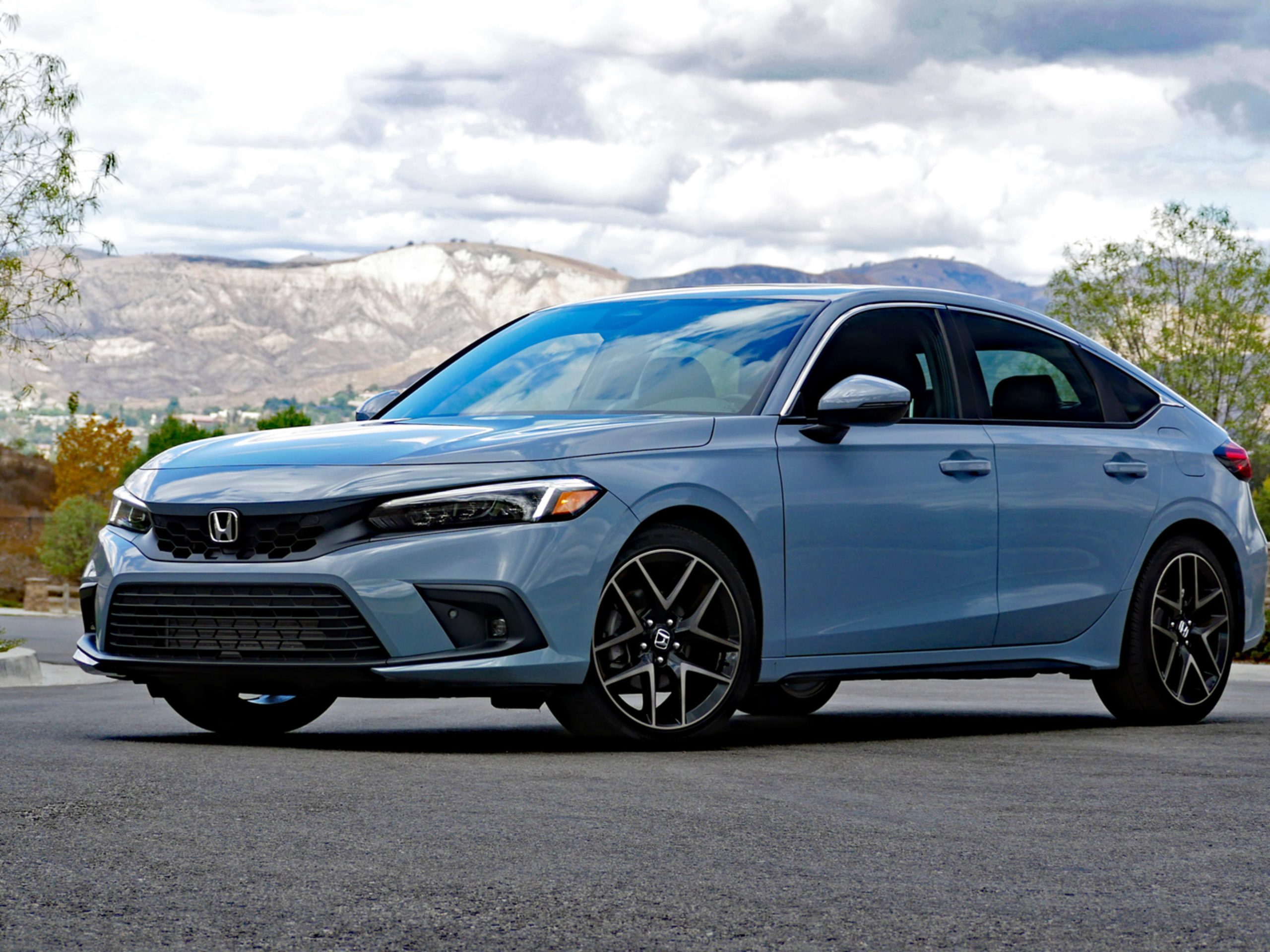
2. Honda Civic
The Honda Civic is often lauded by mechanics as one of the most robust and well-engineered compact cars on the market, standing shoulder-to-shoulder with the Toyota Corolla in terms of reliability and ease of maintenance. Mechanics appreciate that Honda designs their engines with simplicity and durability in mind.
Many of the early and mid-2000s Civics, for example, feature naturally aspirated inline-four engines with timing chains rather than belts, reducing the risk of sudden failures and the need for expensive replacements.
The Civic’s drivetrain components are often laid out in a manner that provides relatively easy access to critical parts such as spark plugs, oxygen sensors, and water pumps, making routine maintenance less of a chore.
Moreover, the Civic’s design incorporates a strong focus on longevity and mechanical soundness. Mechanics often praise the car for its ability to consistently run well beyond 200,000 miles with proper maintenance.
One reason for this is Honda’s emphasis on building engines that don’t just perform well when new, but are engineered to withstand the wear and tear of long-term use.
The transmissions, particularly the manual versions, are known for their durability, and even automatic transmissions tend to hold up well when regularly serviced. These characteristics make the Civic not only a pleasure for mechanics to work on but also a smart choice for buyers looking for a dependable vehicle.
Parts availability is another key factor in the Civic’s mechanic-friendly reputation. Honda’s extensive production and strong aftermarket support mean replacement components are affordable and easy to find, even for older models.
This accessibility reduces repair wait times and lowers overall service costs. Additionally, the Civic enjoys widespread popularity worldwide, which has led to a vast community of enthusiasts and professionals who share valuable insights and proven repair techniques.
This wealth of shared knowledge benefits mechanics by making it easier to troubleshoot uncommon issues and source parts quickly. From a mechanical standpoint, the Civic’s relatively simple engineering avoids the pitfalls that many modern cars fall into with overly complex electronics and turbocharged engines.
While newer Civic models do feature advanced technology and forced induction in some trims, mechanics still find that the core mechanical components remain serviceable without excessive complications.
The car strikes a fine balance between modernity and mechanical simplicity, which helps it maintain its status as a mechanic’s favorite. When combined with its sporty driving dynamics and excellent fuel economy, the Honda Civic remains a standout option in its class.
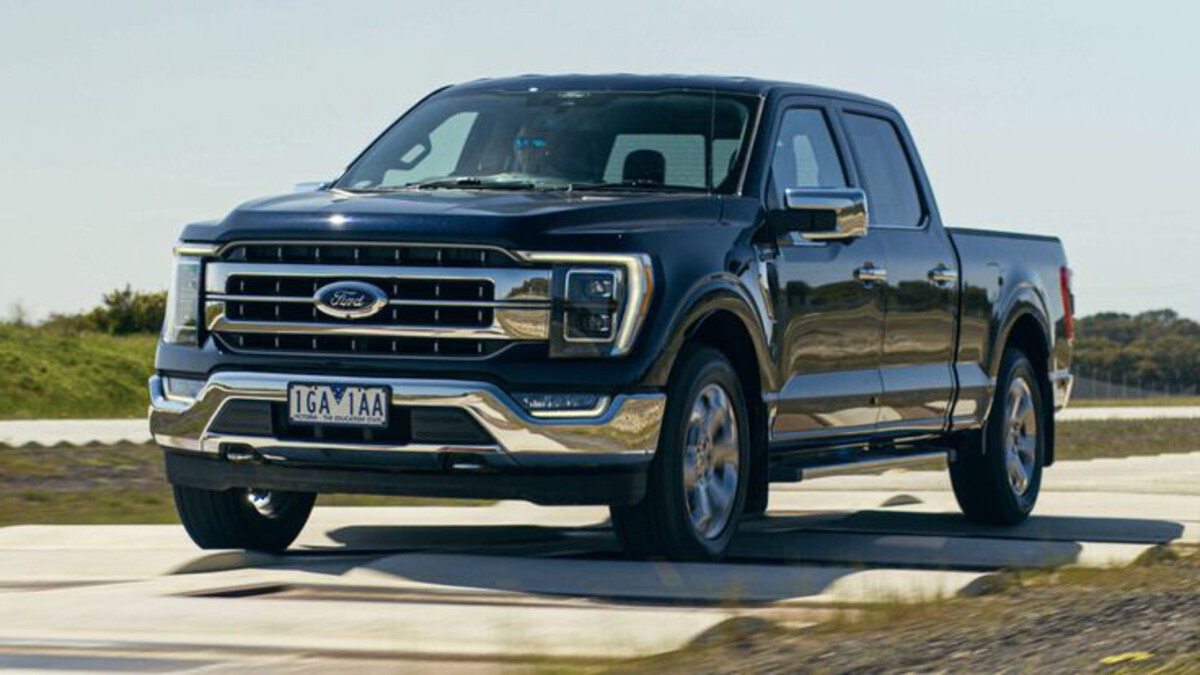
3. Ford F-150
In the realm of pickup trucks, the Ford F-150 enjoys near-legendary status among mechanics for its rugged durability, straightforward engineering, and ease of repair. The F-150 is engineered to handle heavy workloads and rough conditions, which means its components are often overbuilt to withstand abuse.
This overengineering translates to fewer breakdowns and longer-lasting parts, an aspect highly appreciated by mechanics who regularly service these trucks. Older models, especially, are prized for their simple yet durable V8 and V6 engines, which provide ample power and are generally forgiving when it comes to maintenance lapses.
The truck’s popularity is another big reason mechanics favor it: with millions of F-150s on the road, parts availability is outstanding. From brake pads and filters to entire engine assemblies, replacement parts can be sourced quickly and affordably.
This not only keeps repair costs reasonable but also minimizes downtime, which is critical for owners who rely on their trucks for work. Mechanics also point to the F-150’s chassis and suspension design as easier to service compared to more modern trucks that use complex air suspensions or integrated electronic systems.
The more straightforward the design, the quicker mechanics can perform repairs or routine maintenance, which benefits both the service shop and the vehicle owner.
Additionally, the Ford F-150’s reputation for reliability is backed by decades of field data, showing that these trucks can rack up hundreds of thousands of miles without major mechanical failures.
Mechanics frequently remark on the solid build quality and attention to detail Ford incorporates in these trucks, from durable engine components to robust transmissions that handle towing and hauling without breaking a sweat.
Even newer F-150s maintain a balance between incorporating modern technology and retaining mechanical reliability, although mechanics often recommend sticking with certain engine options known for their longevity.
Lastly, the Ford F-150’s ease of customization and modification is another aspect that mechanics admire. Because these trucks are often used for heavy-duty applications or modified for off-road and performance uses, the mechanical simplicity makes upgrades and repairs more manageable.
This combination of toughness, simplicity, and parts availability ensures that the Ford F-150 remains one of the most mechanic-approved trucks in the world, a true workhorse that owners can count on and mechanics respect.
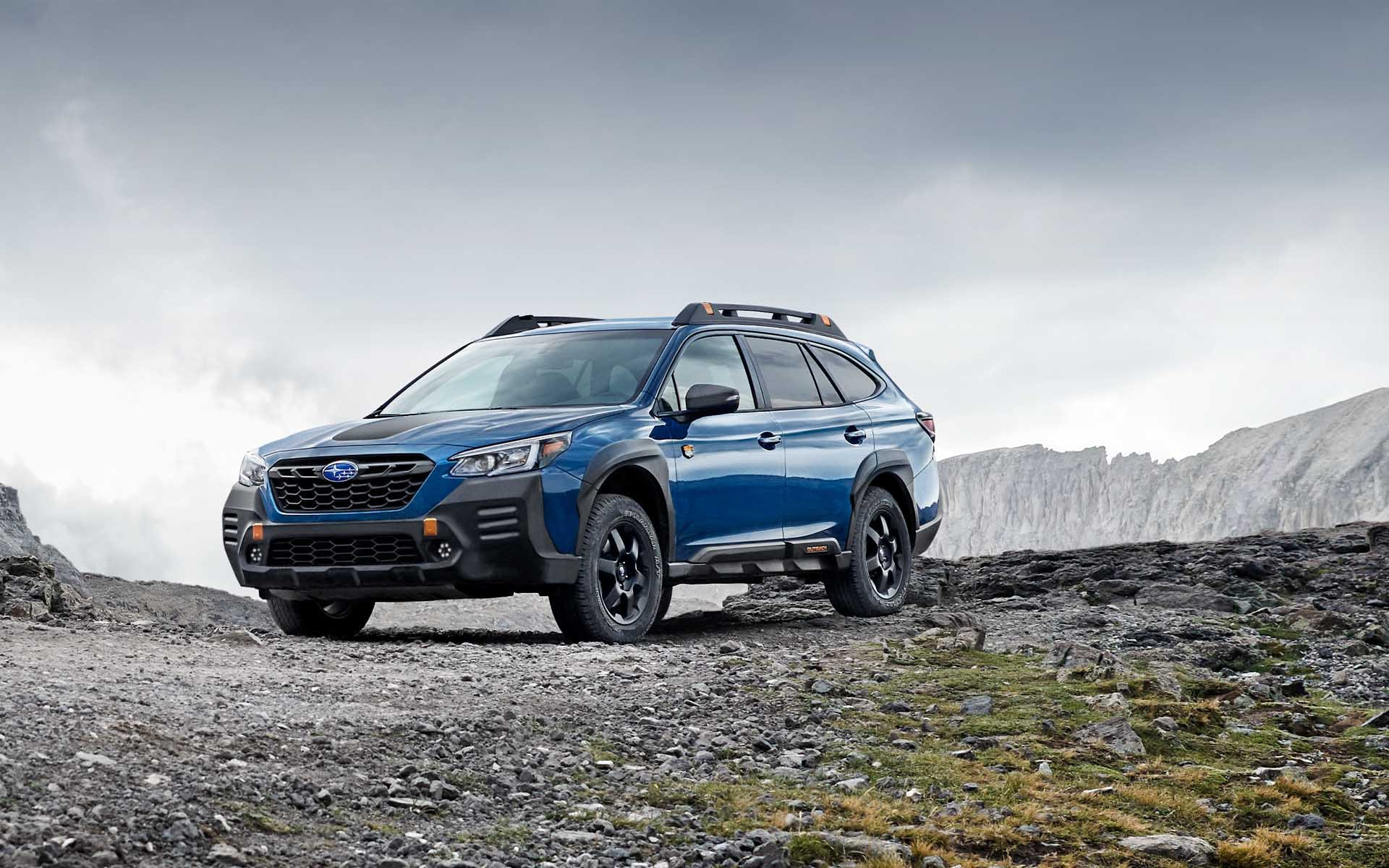
4. Subaru Outback
The Subaru Outback occupies a unique niche as a versatile, all-wheel-drive vehicle that combines rugged utility with car-like comfort. Mechanics have long respected the Outback for its durable boxer engine, which differs from the more common inline or V-type engines found in many competitors.
This horizontally opposed engine layout lowers the vehicle’s center of gravity, improving handling and stability, while also providing a balanced power delivery.
From a mechanical standpoint, the boxer engine’s design allows for certain maintenance tasks to be performed more easily, though it does require some specialized knowledge that many mechanics appreciate mastering.
Subaru’s commitment to longevity is evident in the Outback’s drivetrain and suspension design. The symmetrical all-wheel-drive system is engineered for reliability, delivering consistent traction without introducing excessive complexity.
Mechanics note that while the AWD system adds some maintenance demands, it is generally robust and well-supported by parts availability.
Suspension components are built to endure rough terrain and weather conditions, which contributes to the Outback’s reputation as a go-anywhere vehicle that rarely leaves drivers stranded. Regular maintenance like oil changes and timing belt or chain replacements tend to be straightforward, with Subaru providing good service documentation.
The Outback also benefits from a design philosophy that values mechanical durability over flashy gimmicks. While it includes modern amenities and safety features, Subaru avoids overcomplicating the engine and drivetrain systems with unnecessary electronic controls that could increase repair difficulty.
Mechanics find this approach refreshing because it reduces the likelihood of electrical faults and sensor failures, which are common issues in many contemporary vehicles. Owners of Outbacks often praise the vehicle’s ability to withstand high mileage and harsh environments, which mechanics verify through their repair experience.
Finally, Subaru’s strong community support, including detailed service manuals and enthusiast forums, helps mechanics diagnose and repair problems more efficiently.
Even with its unique engine design, the Outback has become a reliable and mechanic-friendly vehicle, especially for buyers in regions with challenging weather. This combination of thoughtful engineering, AWD capability, and durability places the Subaru Outback high on the list of cars mechanics genuinely love to work on and recommend.
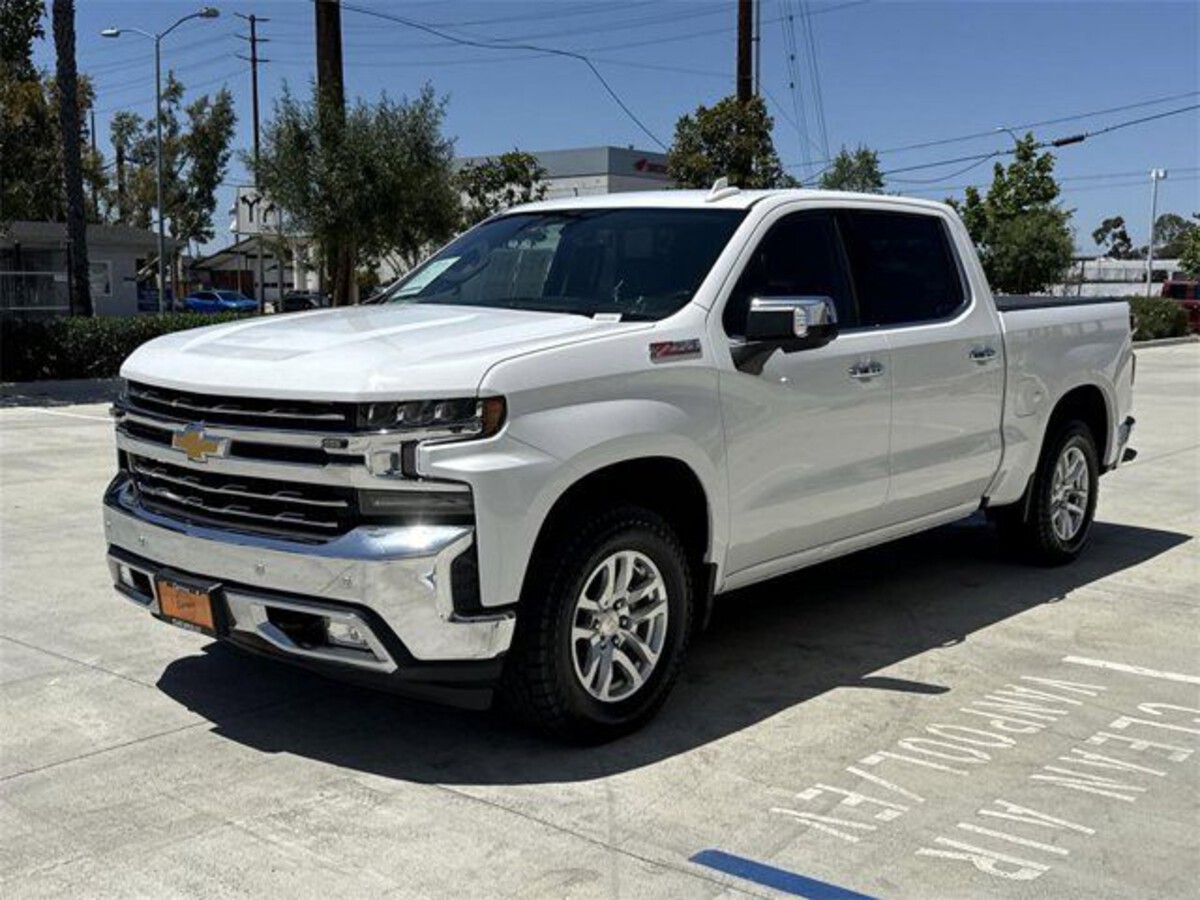
5. Chevrolet Silverado
The Chevrolet Silverado is another full-size pickup truck that stands out as a mechanic favorite due to its rugged construction, straightforward engineering, and reputation for reliability. Mechanics often highlight how the Silverado’s design emphasizes durability over unnecessary complexity, which makes repairs and routine maintenance more manageable.
The truck’s traditional body-on-frame construction provides a strong foundation for heavy loads and off-road use, factors that have helped build its loyal customer base among both commercial and private owners.
Chevrolet’s range of robust V8 engines is well-regarded in mechanic circles for their ability to deliver consistent power and longevity. These engines are built to withstand significant wear and tear, making them ideal for owners who use their trucks for towing, hauling, or demanding work environments.
Mechanics appreciate that these engines have a relatively simple design with accessible components, such as oil filters, spark plugs, and belts, allowing for quicker service intervals. The Silverado’s transmissions, especially the automatic variants found in many models, are also known for their durability when properly maintained, contributing to the truck’s overall reliability.
Parts availability and service infrastructure for the Silverado are excellent, thanks to Chevrolet’s wide dealer network and strong aftermarket presence. This means mechanics rarely face challenges sourcing components or finding replacement parts, which helps reduce repair times and costs.
The truck’s suspension and braking systems are designed for durability and ease of maintenance, which mechanics view as a significant advantage compared to more complicated setups on some competitors. This simplicity extends to the Silverado’s interior and electrical systems, where fewer gremlins are reported compared to luxury or imported trucks.
In summary, the Chevrolet Silverado offers a blend of toughness, ease of maintenance, and parts accessibility that mechanics highly value.
Whether used on construction sites, farms, or as family vehicles, these trucks provide dependable performance with fewer surprises. This reputation for reliability and mechanic-friendliness ensures the Silverado remains a trusted and recommended choice for those seeking a full-size pickup.
5 Cars Mechanics Warn You Never to Buy
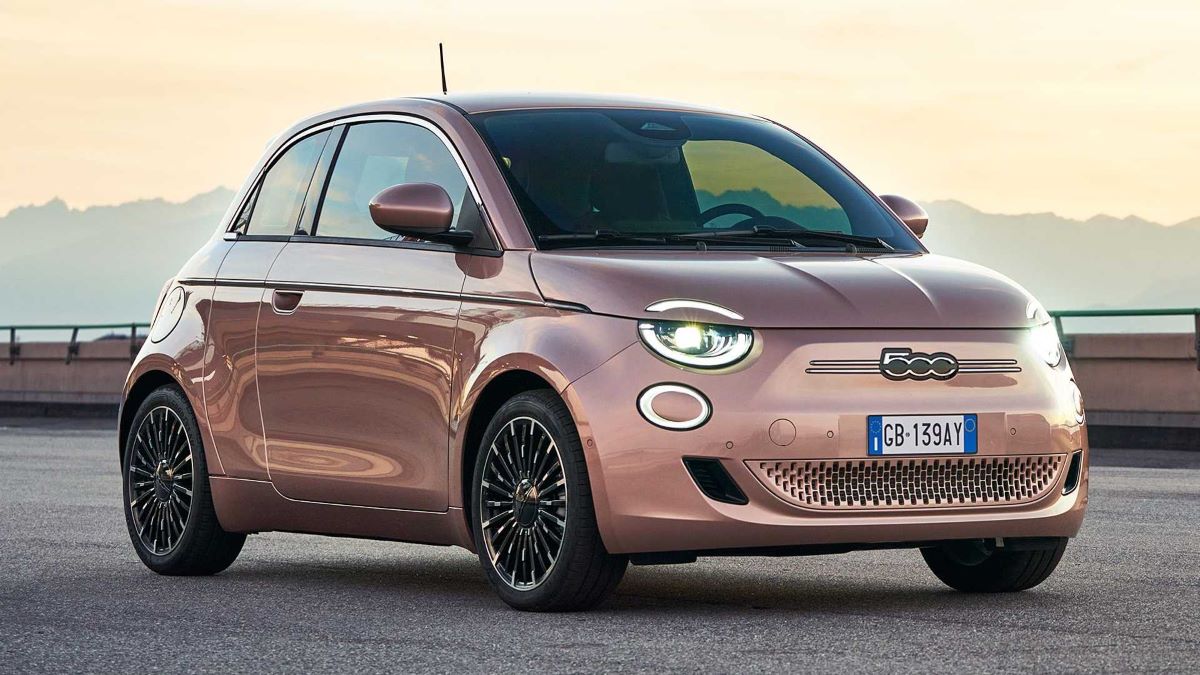
1. Fiat 500
The Fiat 500 has often been criticized by mechanics for its chronic reliability issues and high maintenance demands, despite its appealing retro styling and compact size.
One of the primary concerns mechanics raise is the car’s frequent engine and transmission failures, especially in earlier models. The small turbocharged engines, while fun to drive on paper, tend to be prone to overheating and premature wear.
These problems often stem from complex engineering choices that prioritize performance over durability. For mechanics, this translates to more frequent and expensive repairs, sometimes involving the complete replacement of critical components like the turbocharger or timing chain. Furthermore, the cramped engine bay makes accessing and servicing these parts a difficult and time-consuming task, driving up labor costs.
Beyond engine troubles, Fiat 500s are infamous for their electrical gremlins. Mechanics report recurring issues with sensors, wiring harnesses, and the car’s onboard computer systems, which can cause the vehicle to go into limp mode unexpectedly or trigger multiple warning lights.
Diagnosing these problems can be challenging due to the limited diagnostic support and proprietary software quirks that complicate troubleshooting.
Replacement parts are another headache—Fiat’s relatively small market share in some regions means components are often expensive, hard to find, and slow to arrive. This scarcity pushes owners into costly dealership repairs or forces mechanics to improvise solutions, neither of which is ideal.
The vehicle’s overall build quality also leaves much to be desired. The interior materials tend to wear quickly, buttons and switches can fail prematurely, and the suspension components often require frequent replacements due to poor design or low-quality parts.
Mechanics regularly find worn bushings, leaking shock absorbers, and other suspension issues in relatively low-mileage Fiat 500s. The car’s compact size, while a selling point for city driving, compromises crash safety and structural rigidity, which can complicate repairs after accidents and pose additional risks to occupants.
Finally, mechanics warn prospective buyers that the Fiat 500’s appeal is largely cosmetic, and the true cost of ownership often outweighs its charm. With frequent visits to the repair shop and escalating maintenance bills, this car tends to frustrate owners quickly.
For those looking for an inexpensive, reliable city car, the Fiat 500 rarely fits the bill according to professional mechanics. They often recommend avoiding it unless you have a high tolerance for frequent repairs or are willing to pay a premium for parts and labor.
In summary, while the Fiat 500 may look cute and stylish, beneath its surface lies a mechanically problematic vehicle that mechanics advise steering clear of.
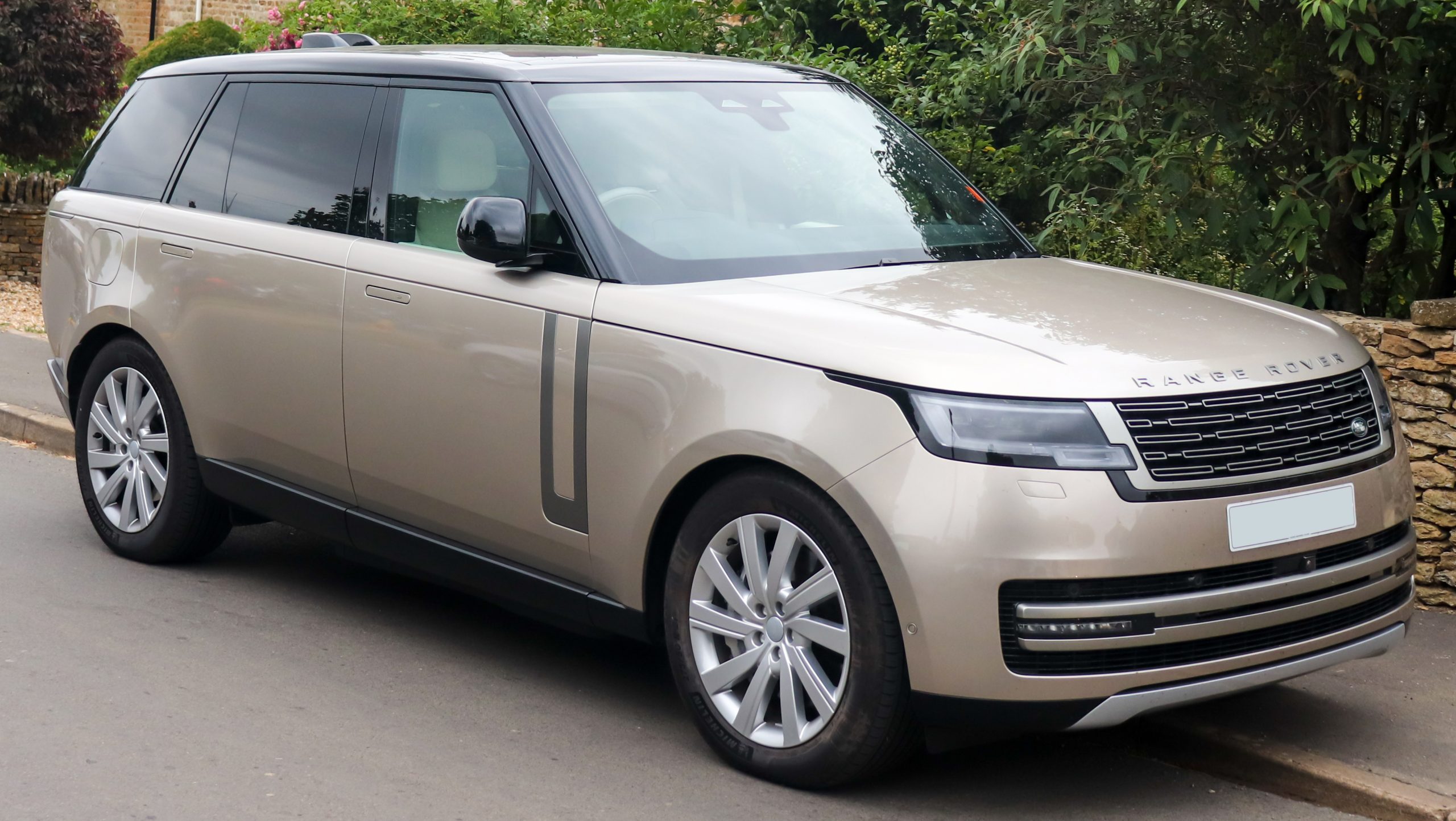
2. Land Rover Range Rover (Older Models)
Older Land Rover Range Rover models have long been notorious in mechanic circles for their persistent mechanical and electrical woes, earning a reputation as one of the most problematic luxury SUVs to maintain. Despite their undeniable appeal for off-road capability and luxury features, these vehicles are plagued by a series of chronic reliability issues that drive mechanics to frustration.
The air suspension systems, a hallmark of the Range Rover’s smooth ride, are particularly problematic. These systems rely on complex air bags, compressors, and sensors that frequently fail, causing costly repairs that can run into thousands of dollars. For mechanics, diagnosing air suspension problems requires specialized equipment and expertise, turning what should be routine maintenance into an expensive ordeal.
The drivetrain and engine components of older Range Rovers also pose significant challenges. V8 engines in these models often suffer from overheating, oil leaks, and timing chain tensioner failures. Transmission problems are common, with owners reporting rough shifts, slipping gears, or outright transmission failure after relatively moderate mileage.
The combination of these mechanical gremlins means mechanics spend considerable time troubleshooting and ordering rare parts, which are typically expensive and may have long lead times.
Compounding these issues is the Range Rover’s notoriously poor electrical system design. Wiring harnesses corrode easily, and control modules frequently malfunction, resulting in intermittent faults that can be difficult to replicate and repair.
Repairing and maintaining an older Range Rover demands a high level of mechanical skill and patience, as well as access to specialized diagnostic tools. Mechanics often describe these vehicles as “money pits” because the frequency and cost of repairs far exceed those of many other SUVs in the same class.
The high-tech luxury features that were once cutting-edge now contribute to ongoing electrical and mechanical failures, turning what was supposed to be a prestigious ownership experience into a frustrating cycle of repairs.
Parts availability has improved somewhat due to Land Rover’s brand support and aftermarket suppliers, but the expense remains high compared to more mainstream vehicles.
Ultimately, mechanics strongly caution buyers considering older Range Rovers to be fully prepared for significant maintenance challenges and financial commitments. The combination of air suspension failures, engine and transmission woes, and electrical problems makes these vehicles a headache for both owners and mechanics.
While the Range Rover’s luxury and off-road credentials are undeniable, the overall reliability and cost of ownership are problematic enough that many professionals advise looking elsewhere for a dependable SUV.
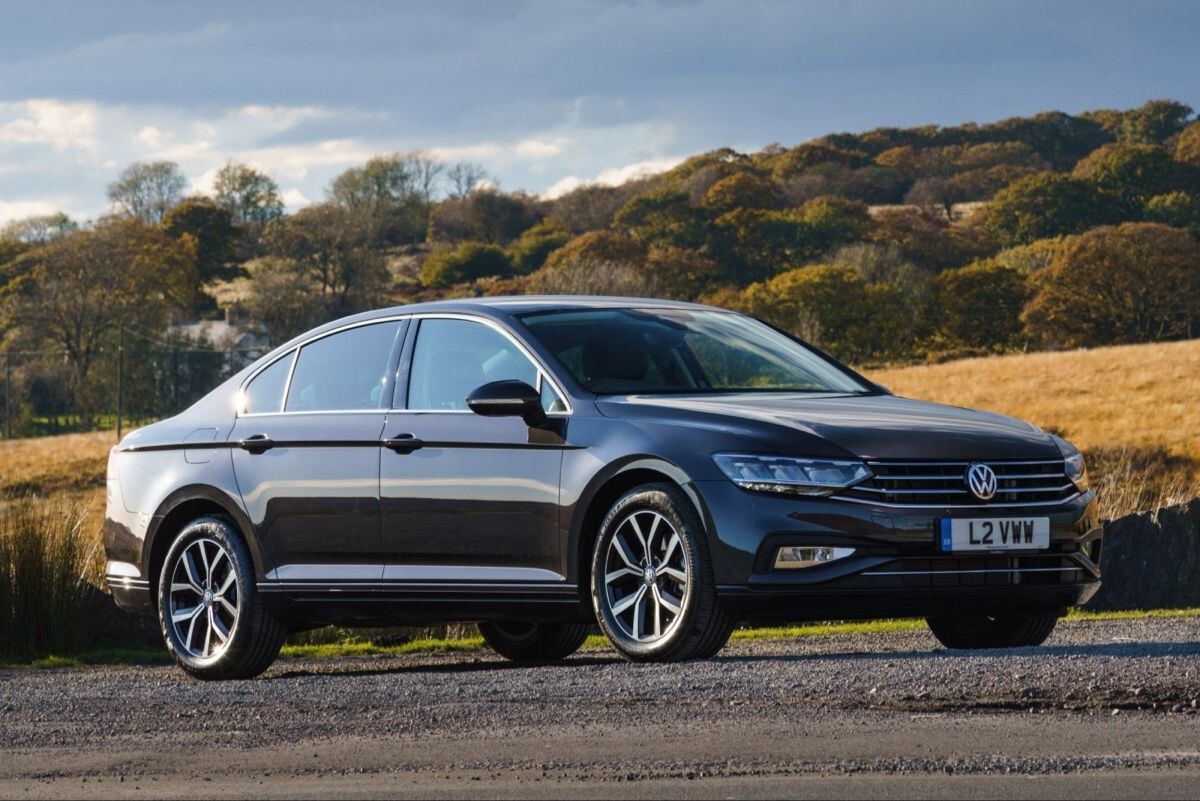
3. Volkswagen Passat (Certain Model Years)
The Volkswagen Passat, particularly in certain model years spanning the early 2000s to mid-2010s, has earned a less-than-stellar reputation among mechanics due to recurring engine and transmission issues that frequently plague these vehicles. Many of the complaints center around the complex and sometimes fragile turbocharged four-cylinder engines.
While these powertrains offer good performance and fuel efficiency, they often suffer from problems like turbocharger failures, carbon buildup on intake valves, and oil leaks.
These issues can lead to loss of power, increased fuel consumption, and expensive repairs. Mechanics often find that these engines require more frequent maintenance than expected, with carbon cleaning and turbo servicing becoming almost routine for some owners.
Transmission troubles also contribute heavily to the Passat’s notoriety. The dual-clutch transmissions (DSG) fitted to many models are especially problematic. These gearboxes are known for rough shifting, hesitation, and premature clutch wear, leading to costly repairs or full transmission replacements.
From a mechanic’s perspective, the DSG system is complex and requires specific tools and software for diagnostics and repair, which can be a barrier for smaller independent shops. Owners who ignore transmission issues early often end up with more severe problems down the line, compounding repair costs.
Electrical issues are another major complaint among mechanics working on these Passats. Problems with the car’s various control modules, sensors, and wiring harnesses can cause erratic behavior in the infotainment system, lighting, and engine management.
Diagnosing these faults can be time-consuming, as they often manifest intermittently and without clear error codes. Parts costs also tend to be higher compared to more mainstream sedans, and availability can be inconsistent depending on the region.
Mechanics warn that while the Volkswagen Passat can be a stylish and enjoyable car to drive, it often demands a higher level of care and expense to keep it running smoothly. The combination of engine, transmission, and electrical issues means that routine maintenance is not enough to avoid major repairs.
Prospective buyers should be prepared for the possibility of frequent visits to the repair shop and should budget accordingly. For those seeking a low-maintenance daily driver, many mechanics recommend considering more reliable alternatives.
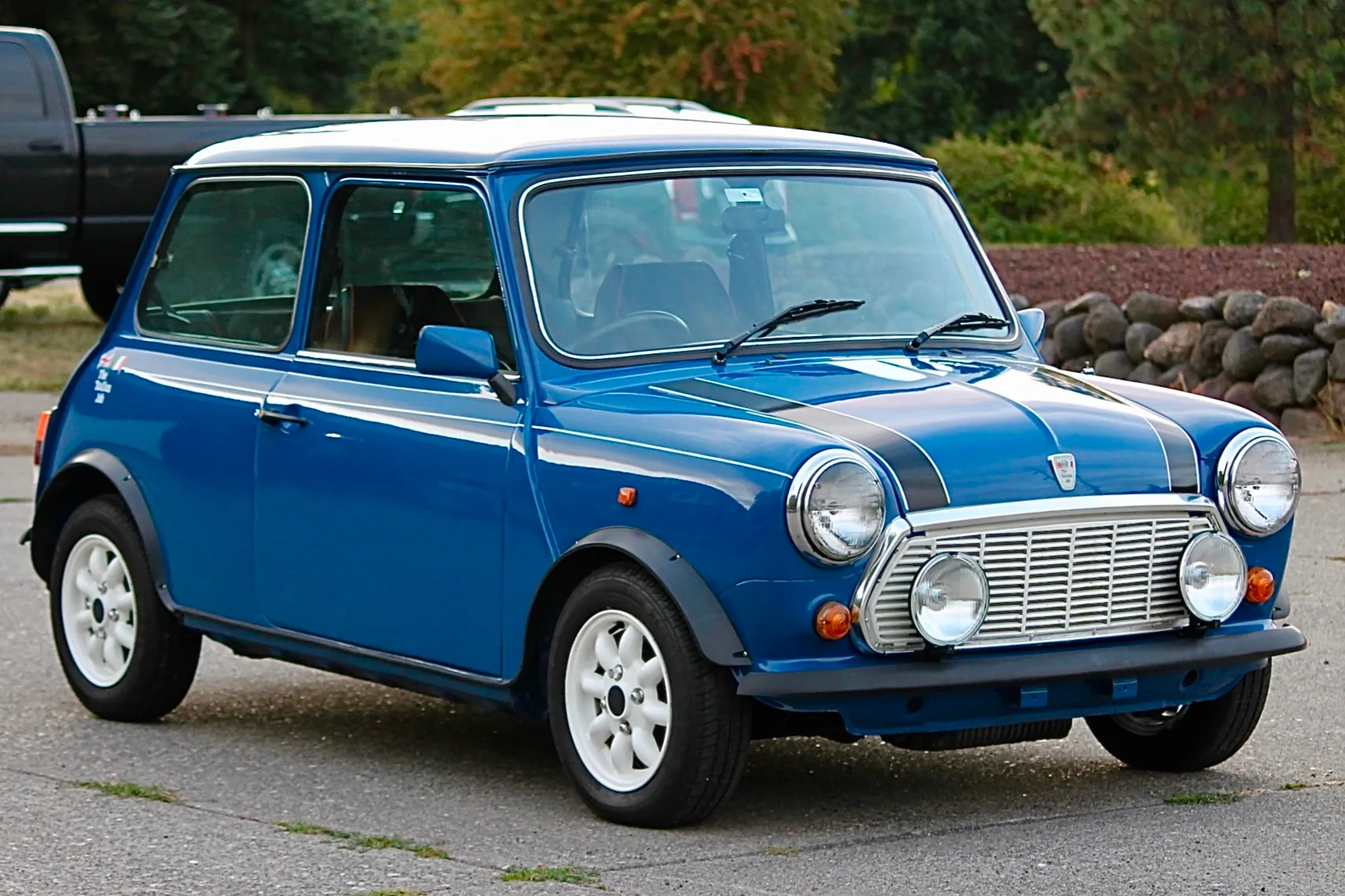
4. Mini Cooper (Early Models)
The early Mini Cooper models, particularly those produced in the early 2000s, are often flagged by mechanics as vehicles to approach with caution due to their numerous mechanical and electrical shortcomings. While the Mini’s fun-to-drive character and unique styling have made it popular among enthusiasts, the reality of ownership can be quite different.
Mechanics point to the car’s compact and highly engineered design as a double-edged sword. On one hand, the car’s layout optimizes space and handling, but on the other hand, it complicates repairs and maintenance. Access to many engine components is restricted, turning even minor repairs into time-consuming and costly endeavors.
One of the most notorious issues involves the timing chain tensioner and guide rails, which can wear out prematurely and lead to catastrophic engine damage if not addressed promptly. Mechanics frequently see Minis brought in with severe engine wear or failure resulting from these neglected components.
Additionally, the turbocharged engines in many Mini Coopers are prone to overheating and boost leaks, causing drivability issues and requiring frequent repairs. The cooling system itself is often a source of problems, with water pumps, radiators, and thermostats failing more often than expected.
Electrical problems are rife in early Minis, with issues ranging from faulty window regulators to malfunctioning central locking systems and erratic dashboard displays. The car’s complicated wiring harness and electronic modules add layers of complexity to diagnosing these faults, leading to longer diagnostic times and higher labor costs.
Replacement parts can be expensive, partly due to the car’s niche market and specialized components. Suspension components, especially the bushings and control arms, also wear quickly, impacting ride quality and handling if not regularly replaced.
Mechanics often advise that while the Mini Cooper can offer a thrilling driving experience, the associated maintenance challenges and repair costs make it a less-than-ideal choice for buyers seeking a low-stress ownership experience.
The frequent and sometimes expensive repairs mean owners should budget for ongoing maintenance and be prepared for unexpected breakdowns. For those who value reliability and ease of repair, there are better options on the market, according to many professional mechanics.
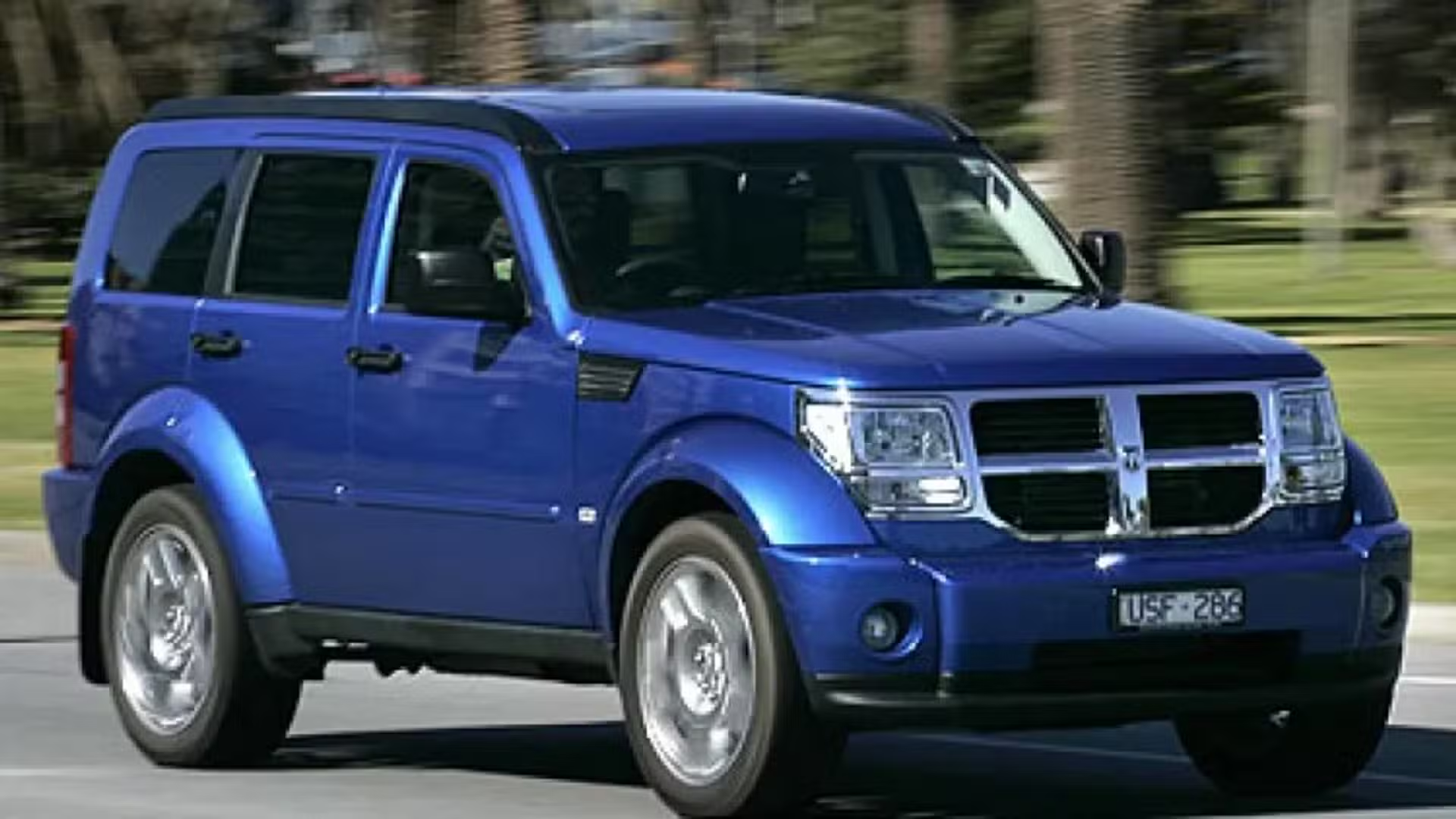
5. Dodge Nitro
The Dodge Nitro is frequently singled out by mechanics as one of the more problematic SUVs from the mid-2000s, primarily due to its underwhelming build quality, questionable reliability, and frequent mechanical failures. Although it aimed to offer rugged styling and decent off-road capability, the Nitro falls short in many mechanical aspects that matter most to owners and mechanics alike.
The SUV’s powertrain, including the V6 engines, is often criticized for poor fuel economy, rough performance, and frequent overheating issues. Mechanics have reported numerous cases of head gasket failures and coolant leaks, which can lead to expensive engine repairs or replacements if not caught early.
The Nitro’s transmission, mostly a four-speed automatic in earlier models, is known for harsh shifting, slipping, and early failure in many cases. Mechanics note that these transmissions lack the durability expected of an SUV intended for some degree of towing or off-road use.
Repair or replacement of the transmission can be a costly and labor-intensive process, further diminishing the vehicle’s appeal to budget-conscious buyers. The suspension and steering components on the Nitro also tend to wear out quickly, resulting in poor handling and uncomfortable ride quality. These issues often require frequent alignment services, bushings replacement, and steering rack repairs.
Electrical reliability is another weak point. Owners commonly report problems with the Nitro’s sensors, wiring, and dashboard electronics. These faults can cause the check engine light to come on frequently, confuse the vehicle’s computer systems, and sometimes trigger sudden power loss or stalling.
For mechanics, diagnosing these intermittent electrical problems is frustrating and time-consuming, especially given the vehicle’s limited diagnostic tool compatibility compared to more mainstream brands. The interior quality also reflects the vehicle’s overall lack of refinement, with many owners complaining of rattles, failing switches, and premature wear of upholstery and trim.
In sum, the Dodge Nitro’s combination of mechanical unreliability, frequent transmission and engine issues, and electrical gremlins makes it a vehicle many mechanics advise buyers to avoid. While it might have aesthetic appeal or low initial purchase prices, the long-term costs and headaches often outweigh any short-term benefits.
Mechanics recommend that anyone considering a Nitro should thoroughly research the maintenance history and be prepared for ongoing repairs or look elsewhere for a more dependable SUV.
Also Read: 5 SUVs With the Best Headlight Throw and 5 With Dark Spots
Choosing a car is one of the most significant decisions many of us make, often involving a considerable financial commitment and a promise of years of service. While glossy advertisements and sleek designs may capture our attention, the real test of a vehicle’s worth lies beneath the surface — in its mechanical reliability, ease of maintenance, and long-term durability.
This is where the perspective of experienced mechanics becomes invaluable. They are the experts who see firsthand how different vehicles hold up over time, which models consistently perform well, and which ones cause frequent headaches and costly repairs. By listening to their advice, car buyers can make informed choices that save time, money, and frustration.
The vehicles mechanics love tend to share a set of key characteristics: solid engineering, simple yet effective designs, readily available parts, and a history of dependable performance. These cars aren’t necessarily the flashiest or most technologically advanced, but they prioritize reliability and longevity.
Models like the Toyota Corolla and Honda Civic exemplify this philosophy — built with precision and practicality, they offer owners peace of mind and lower total cost of ownership. Trucks like the Ford F-150 and Chevrolet Silverado have earned mechanic respect for their toughness and ease of service, while the Subaru Outback’s unique engineering and AWD system provide both reliability and versatility.
For mechanics, these vehicles are like well-oiled machines that require fewer emergency visits to the repair shop and allow for straightforward maintenance. Owners, in turn, benefit from fewer breakdowns and more predictable upkeep expenses.
On the other hand, the cars mechanics warn against often share warning signs of overcomplicated engineering, poor quality control, and problematic design choices. The Fiat 500, early Mini Coopers, certain Volkswagen Passats, older Land Rover Range Rovers, and Dodge Nitro have all earned reputations for frequent mechanical failures, electrical issues, and difficult repairs.
These vehicles may look attractive on the showroom floor or boast advanced features, but beneath the surface, they often conceal a litany of maintenance nightmares.
Mechanics encounter these cars more frequently than they’d like, and their advice is clear: unless you are prepared for costly, regular repairs and have access to a trusted specialist, it’s best to steer clear. Buying these cars often results in a frustrating ownership experience filled with unexpected expenses and downtime.
This contrast between mechanic-loved and mechanic-warned cars highlights the importance of prioritizing reliability and maintenance costs when choosing a vehicle. While it’s tempting to chase the latest trends or buy based on aesthetics alone, the real-world data from the repair bay offers a clearer picture of what to expect.
A car that requires less frequent and less expensive maintenance is not just a convenience; it’s a significant financial advantage over the lifespan of the vehicle. Moreover, reliable cars hold their value better, reduce stress for owners, and ultimately contribute to safer driving experiences by minimizing the chance of unexpected breakdowns.
For buyers, the lesson is to look beyond initial impressions and dig into the mechanical track record of any car under consideration. Talking to mechanics, researching common issues, and reviewing repair costs can provide a more balanced and realistic view than flashy marketing alone.
Cars that are easier to work on, have a reputation for lasting longer, and enjoy widespread parts availability should be prioritized. These factors will save money, reduce hassle, and keep your vehicle on the road longer.
Ultimately, the goal is to find a car that fits your lifestyle, budget, and expectations while minimizing unpleasant surprises. Mechanics’ insights serve as a trusted compass in this often overwhelming decision-making process, guiding buyers toward vehicles that are genuinely worth their time and investment.
Whether you choose a mechanic-approved model or decide to avoid those flagged as problematic, you will be better equipped to make a choice that delivers both satisfaction and peace of mind for years to come.
